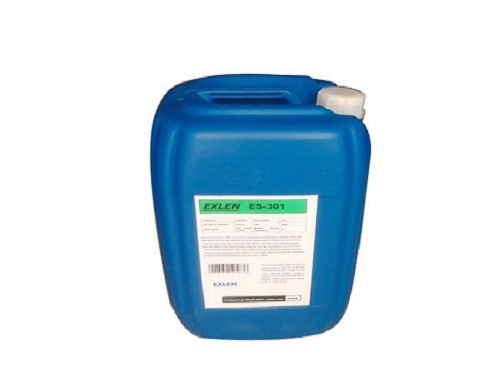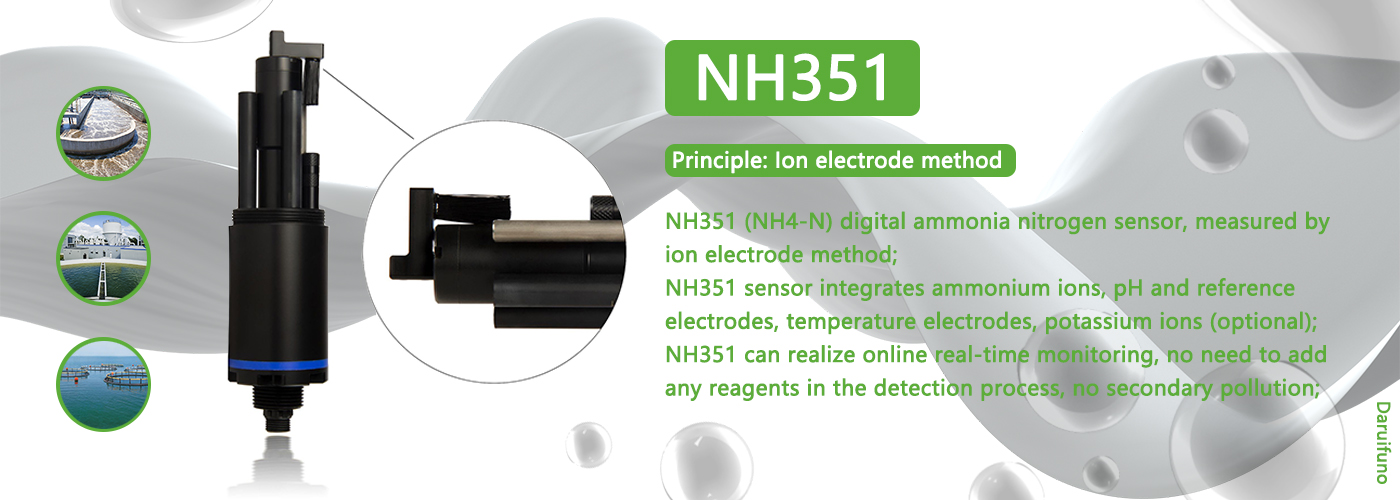Fungicide type

Introduction: Fungicides are a class of agents used to control plant diseases. Any agent that kills or inhibits the growth of pathogens, but does not interfere with the normal growth of plants, collectively referred to as fungicides. Bactericides can be classified according to their mode of action, source of raw materials, and chemical composition.
Bactericides are a class of agents used to control plant diseases. Any agent that kills or inhibits the growth of pathogens, but does not interfere with the normal growth of plants, collectively referred to as fungicides. Bactericides can be classified according to their mode of action, source of raw materials, and chemical composition.
Classification of fungicides
According to the mode of action, raw material source and chemical composition
First, according to the raw material source of fungicides
1, inorganic fungicides: such as ** powder, stone * mixture, copper sulfate, **, lime Bordeaux mixture, copper hydroxide, cuprous oxide and so on.
2, organic * fungicides: such as Daisin ammonium, dichlorphyrin, dimethicone, zinc-enzyme, mancozeb, Fumei double and so on.
3, organic phosphorus, arsenic bactericide: such as ***, grams of bulk powder, phosphorus aluminum, methyl-toxin, phosphorus, special bacteria, etc..
4, replace benzene fungicides: such as thiophanate-methyl, chlorothalonil, enemy cough and so on.
5, azole fungicides: such as triadimefon, carbendazim, hymexazol, Shigao, propiconazole and so on.
6. Antimicrobial fungicides: such as jinggangmycin, polyoxin, kasugamycin, streptomycin for agriculture, and agricultural antibiotic 120.
7, complex fungicides: such as anthrax Fu Fu Mei, anti-virus drugs, frost urea manganese zinc, metalaxyl. Manganese zinc, methyl * Bacillin. Manganese zinc, metalaxyl - Fumei double wettable powder and so on.
8, other fungicides: such as metalaxyl, sclerotinia, procymidone, acetaminophen, sterilization Dan, Kedan Dan and so on.
Second, according to the use of fungicides
1. Protective agent: Before the pathogenic microorganisms are exposed to the plant or not immersed in the plant body, the plant or the surrounding environment is treated with a medicament to inhibit the germination of the pathogenic spores or kill the germinating pathogenic spores so as to protect the plants from the harm. It is called protection. The agent with this effect is a protective agent. Such as Bordeaux fluid, zeson zinc, copper sulfate, mancozeb, chlorothalonil and so on.
2. Therapeutic agents: The pathogenic microorganisms have been immersed in the plants, but the plants are in the incubation period. Drugs infiltrate into the interior of plant tissues from the plant epidermis to transmit, diffuse, or produce metabolites to kill or inhibit the pathogens, so that the diseased plants are no longer victimized, and they recover their health. An agent having such a therapeutic effect is called a therapeutic agent or a chemotherapeutic agent. Such as thiophanate-methyl, carbendazim, and kasugamycin.
3, eradicator: refers to the plant after the application of the disease can directly kill pathogens invaded plants. The agent having such an eradicating effect is an eradicator. Such as Fumei arsenic, stone * mixture and so on.
Third, according to the function of fungicides in plants
1, systemic fungicide: can be plant leaves, stems, roots, seeds absorbed into the plant body, the plant body fluid transport, diffusion, retention or produce metabolites, can prevent some deep into the plant or seed endosperm disease, In order to protect the crops against the spread of pathogens or to treat already diseased plants, it has therapeutic and protective effects. Such as carbendazim, licorice, green hen No.2, multiple mildew, cream epidemic, metalaxyl, phosphorus aluminum, methyl thiophanate, enemy cough, triadimefon, antivirus lice, seed dressing double.
2. Non-absorbing bactericide: It means that the drug can not be absorbed and transmitted by the plant. At present, most species are non-corporating fungicides. Such agents are not easy to produce drug resistance against pathogens and are economical, but most of them have only protective effects and cannot prevent and treat diseases in plants. Such as zinc sulphate, copper sulphate, dorocodine, chlorothalonil, green copper, surfactants, synergists, sulfur, grass ash, Bordeaux mixture, mancozeb, thiram and so on.
Ammonia nitrogen is a common pollutant in industrial, agricultural and domestic wastewater. Ammonia nitrogen will consume the dissolved oxygen in the water body, leading to eutrophication of the water body. The digital ammonia sensor measures ammonium ions based on the ion-selective method and consists of a working electrode, a reference electrode, an ion-selective membrane and an electrolyte. The ammonia nitrate probe is an online device for monitoring the content of ammonia nitrogen (NH4+-N) in water, which is suitable for various water bodies, including lakes, streams, groundwater and wastewater. The waterproof level of the NH4-N ammonia sensor is IP68, supports Modbus communication protocol, has automatic temperature and pH compensation function, and is environmentally friendly. The ammonia nitrogen probe has higher precision, wider measurement range and strong stability.
In sewage measurement, potassium ions and ammonium ions have similar chemical properties and are the most significant interference factor, which will cause high measured values. Therefore, potassium ion compensation is required. In addition, the temperature and pH of water samples are also dynamically compensated.

Ammonia Sensor,Ammonia Nitrate Probe,Nh4-N Ammonia Sensor,Fish Framing Ammonia Sensor
Suzhou Delfino Environmental Technology Co., Ltd. , https://www.daruifuno.com